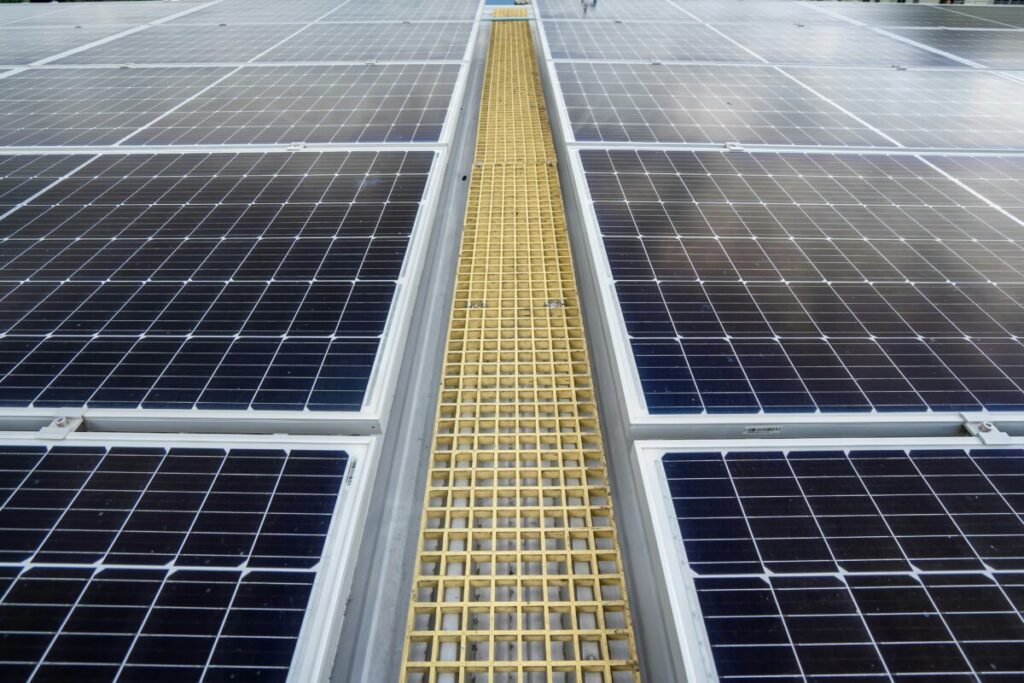The RWTH Aachen University has simulated 27 scenarios of energy communities participating in the balancing market in Germany and has discovered that the business model behind an energy community is only feasible if battery storage is available.
Researchers from German RWTH Aachen University have analyzed the economic feasibility of PV energy communities in the Energy Exchange and Balanceringsmarkt of the country. Their analysis was based on a new simulation model that was dependent on Real-World data and 27 different scenarios that take into account different regulations, prices and components.
“This article introduces a market model for prosumers that has been combined into energy communities within today’s German market conditions,” said the academics. “Calculations are based on real market data and designed to optimize the financial result in favor of the participants in the energy community. In addition, the resulting business models create added value to society by offering electricity and capacity to the balancing market if available. “
The model of the team focuses on the net cash flow (NCF) that has been generated by the community, which is part of the net cash value (NPV). Input factors for the NFC include cost values such as energy prices, taxes, taxes and grid costs. On the turnover side of the NCF, factors are market prices on the balancing market and the energy used by the community.
“The simulation model used is based on real data from the solar radiation in the German city of Aachen,” the group said. “It is assumed that each household offers a PV system of 10 kW and a 10 kWh battery system. Moreover, it is assumed that each household consumes 3500 kWh electrical energy per year. The solar radiation is based on the average value for the five years from 2013 to 2017. ”
The simulation offers three sizes of energy communities – 100 households, 150 households and 200 households. In Germany, an energy community must have at least 1 MW PV system capacity and therefore no smaller communities were analyzed. Each community size was analyzed under three variations.
“Variation A regards the energy community as an extensive business model with all limitations and taxes and taxes. Variation B excludes VAT and levies, such as grid costs for electricity that is exchanged in the energy community. This is the case with regard to current legislation for other constructs, “they explained. “The third variation C, has the business model with all restrictions, includes taxes and levies, but excludes any battery storage. This variation is made to exclude the high initial costs for battery storage and to see how storage participation influences the market participation of the energy community. “
One of the three specifications is added to each of the nine combinations of community size and variations, resulting in a total of 27 scenarios. In the first specification there is no compensation for PV and battery systems, no costs for a trade permit and no consideration of the balance between electricity; The second has all the costs and losses that are being considered, but free electricity for the members of the community, while the third party includes all costs and losses, plus 0.20 euros ($ 0.21)/kWh fixed energy price per kWh that in the Energy community are used.
“In general, the results have the same tendencies in all cases and allow them to draw some general conclusions,” the researchers noted. “If the storage of the battery is not available, the results show that the business model of an energy community is not financially feasible in any constellation. In addition, the greater the energy community, the better the financial outcome of the energy community in total. Also VAT and grid costs for internally exchanged electricity in the energy community are not the most important cost factors, which is why these costs are not substantial barriers to promote energy communities. “
The analysis was presented in “Commercial energy communities participating in the balancing market A market simulation for energy communities that operate through PV and battery systems“Published in Sustainable future.
This content is protected by copyright and may not be reused. If you want to work with us and reuse part of our content, please contact: editors@pv-magazine.com.

